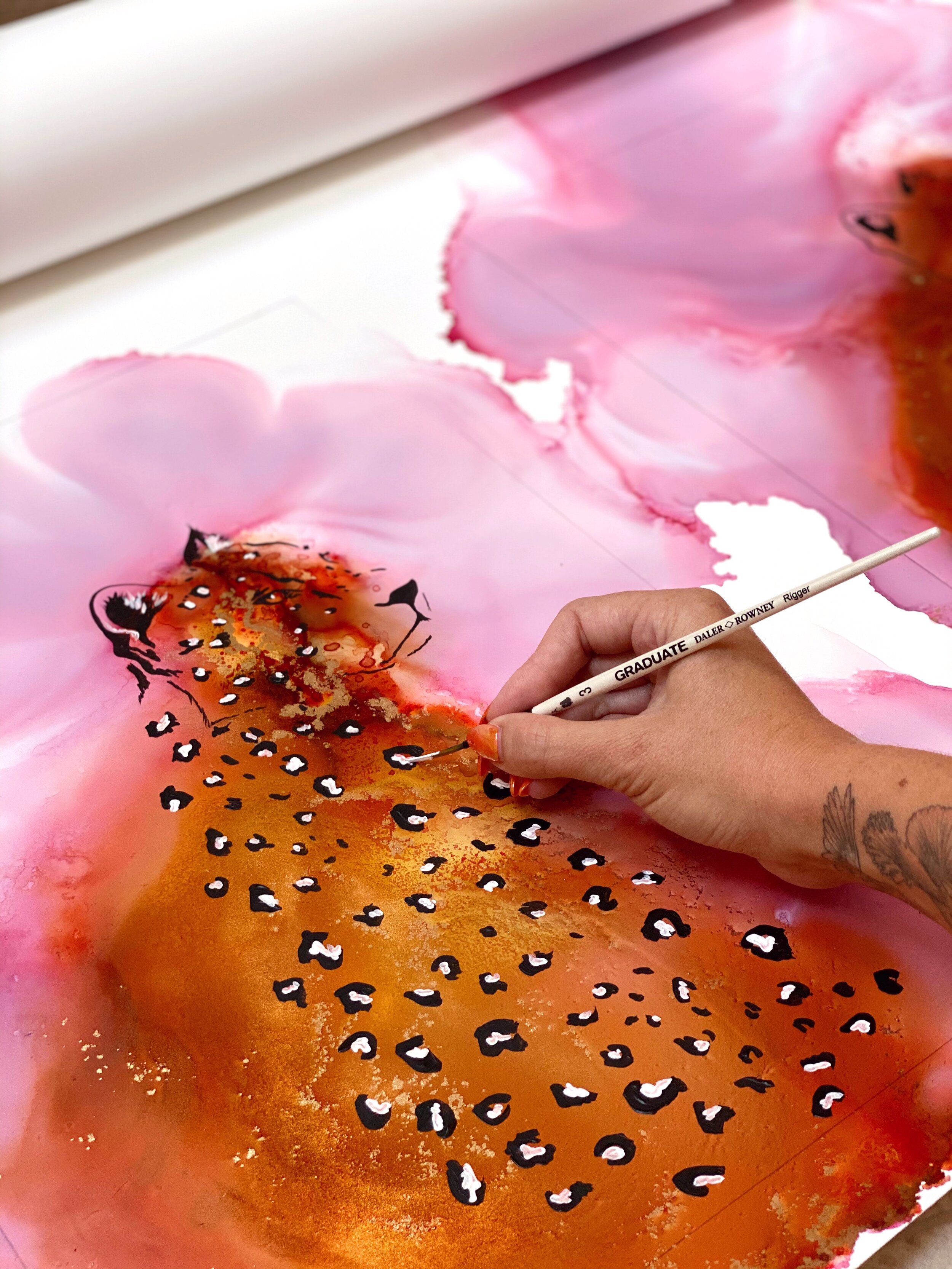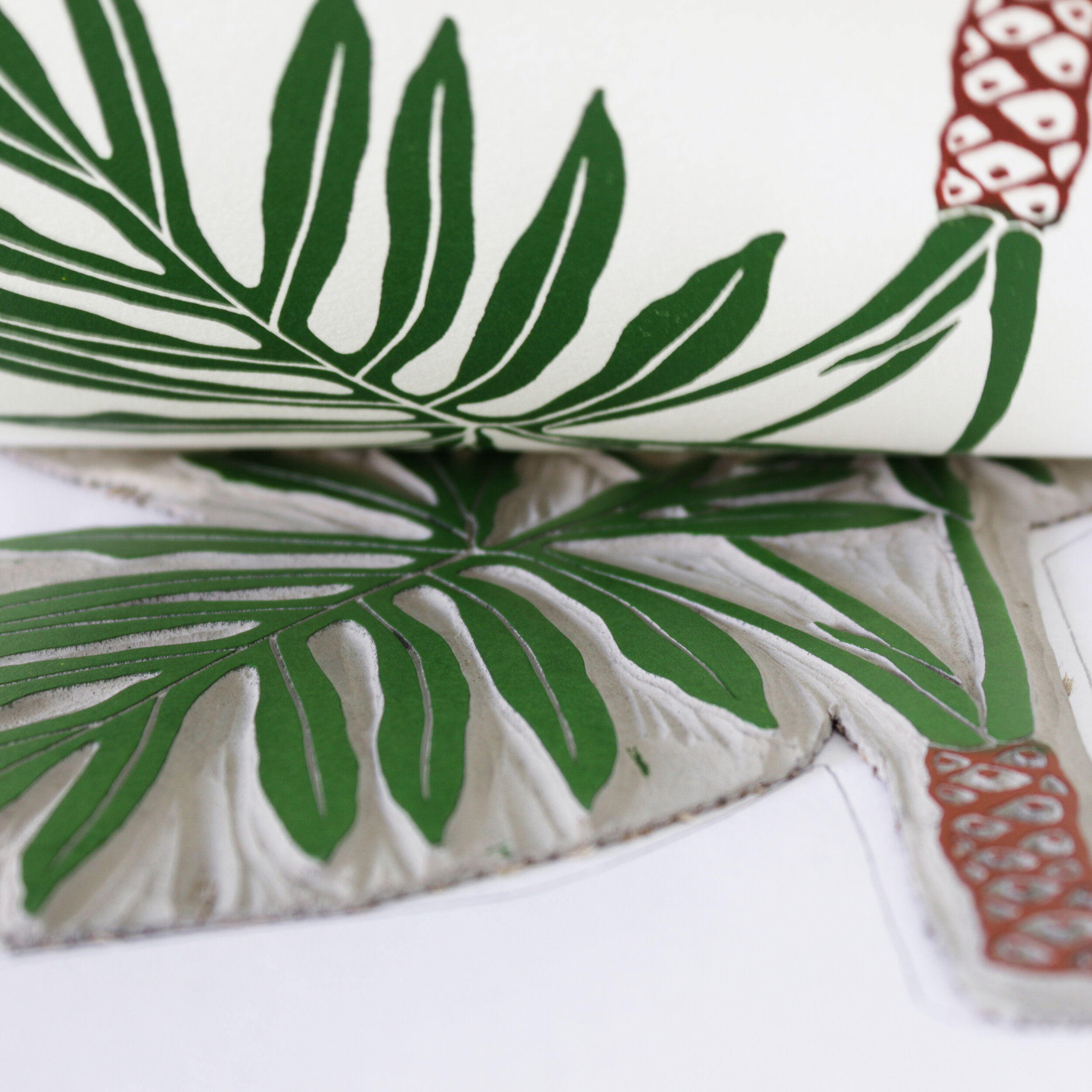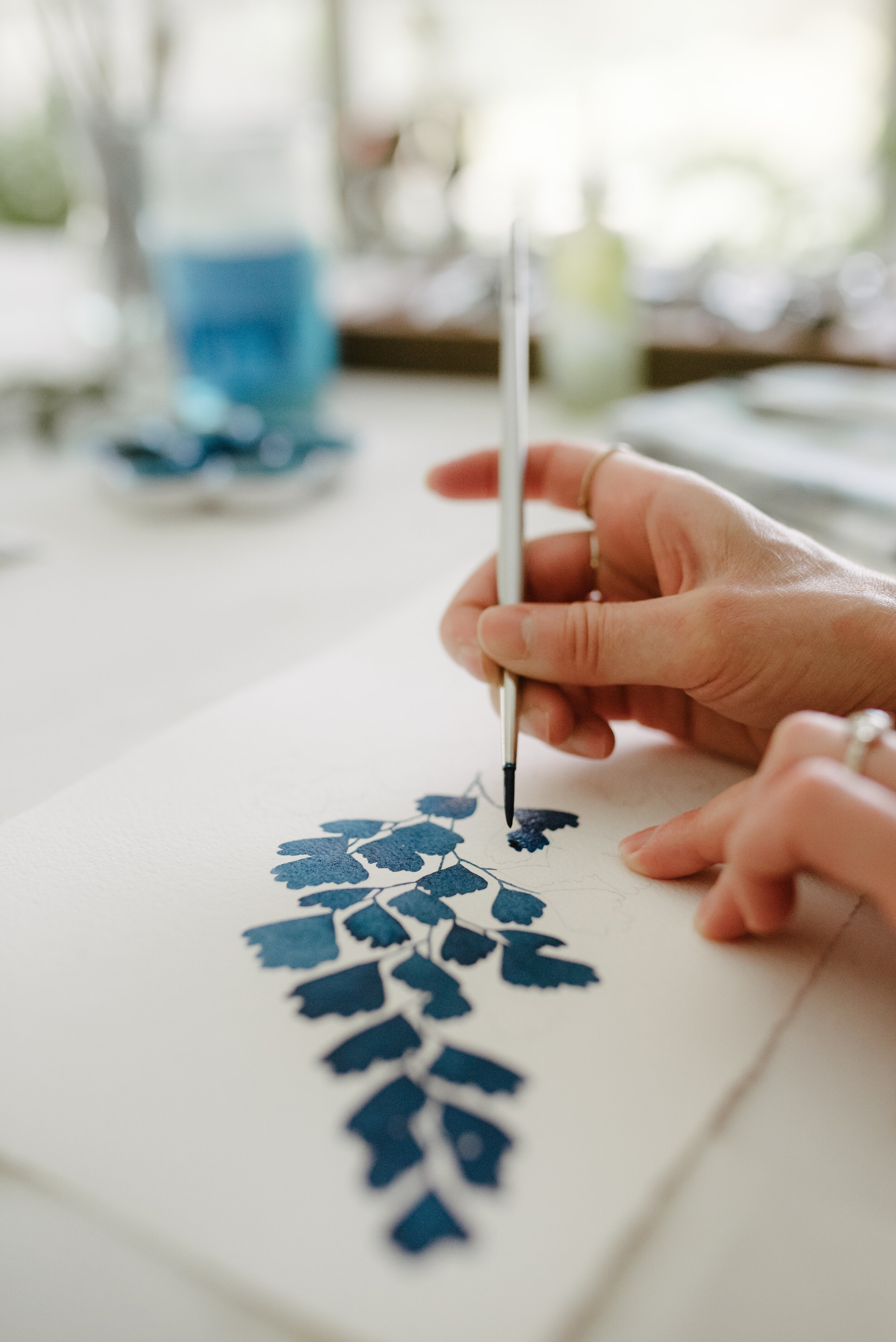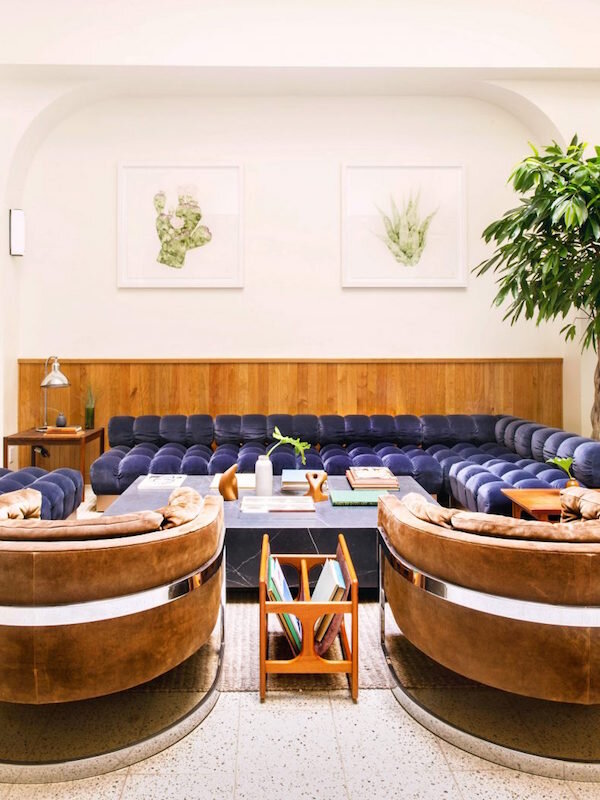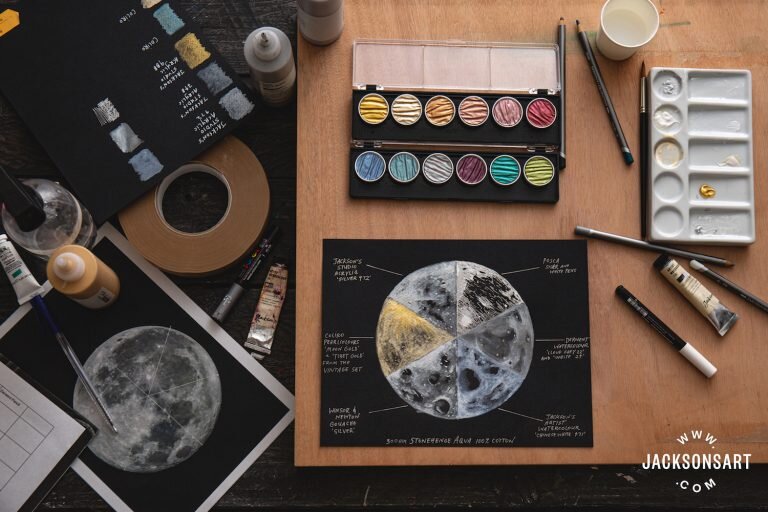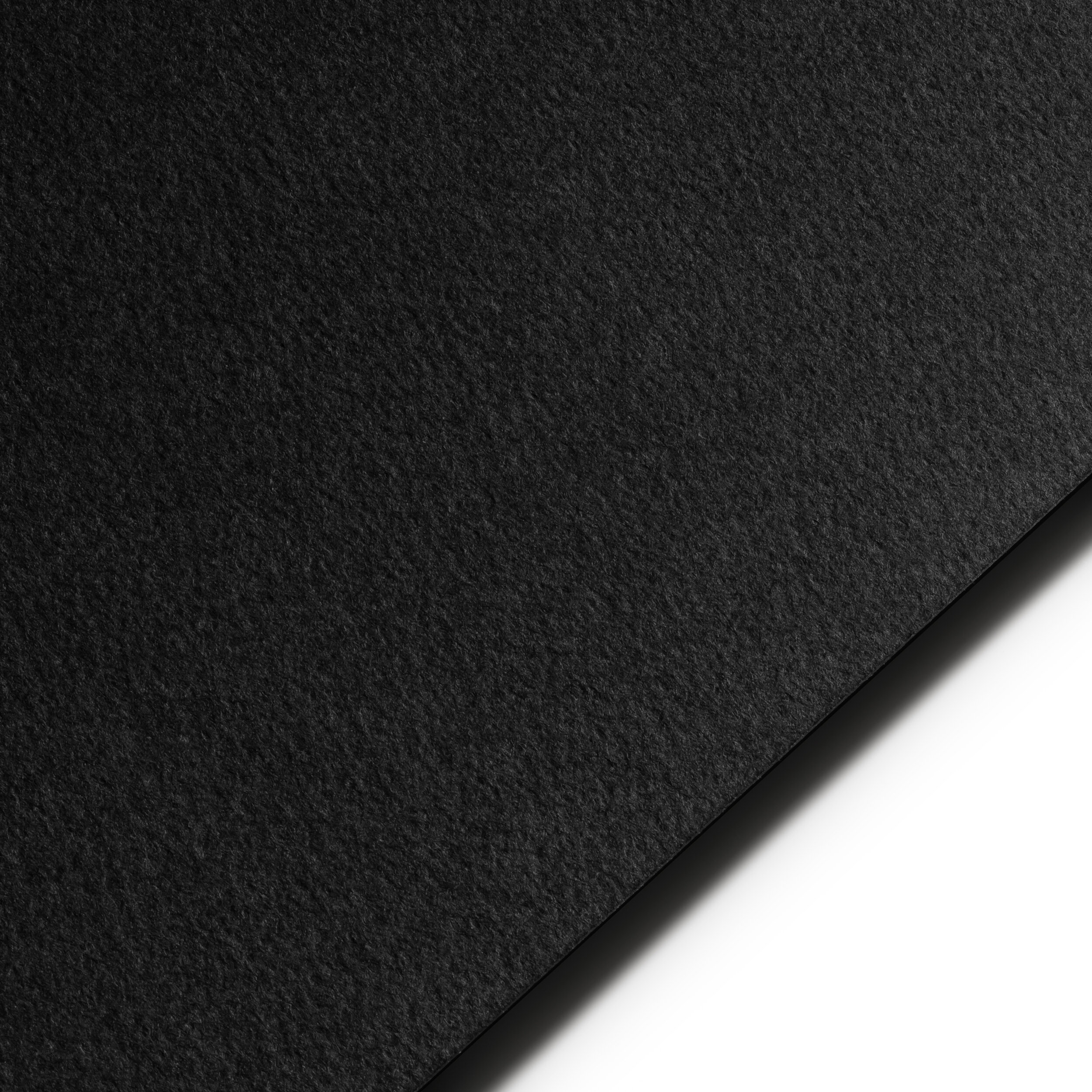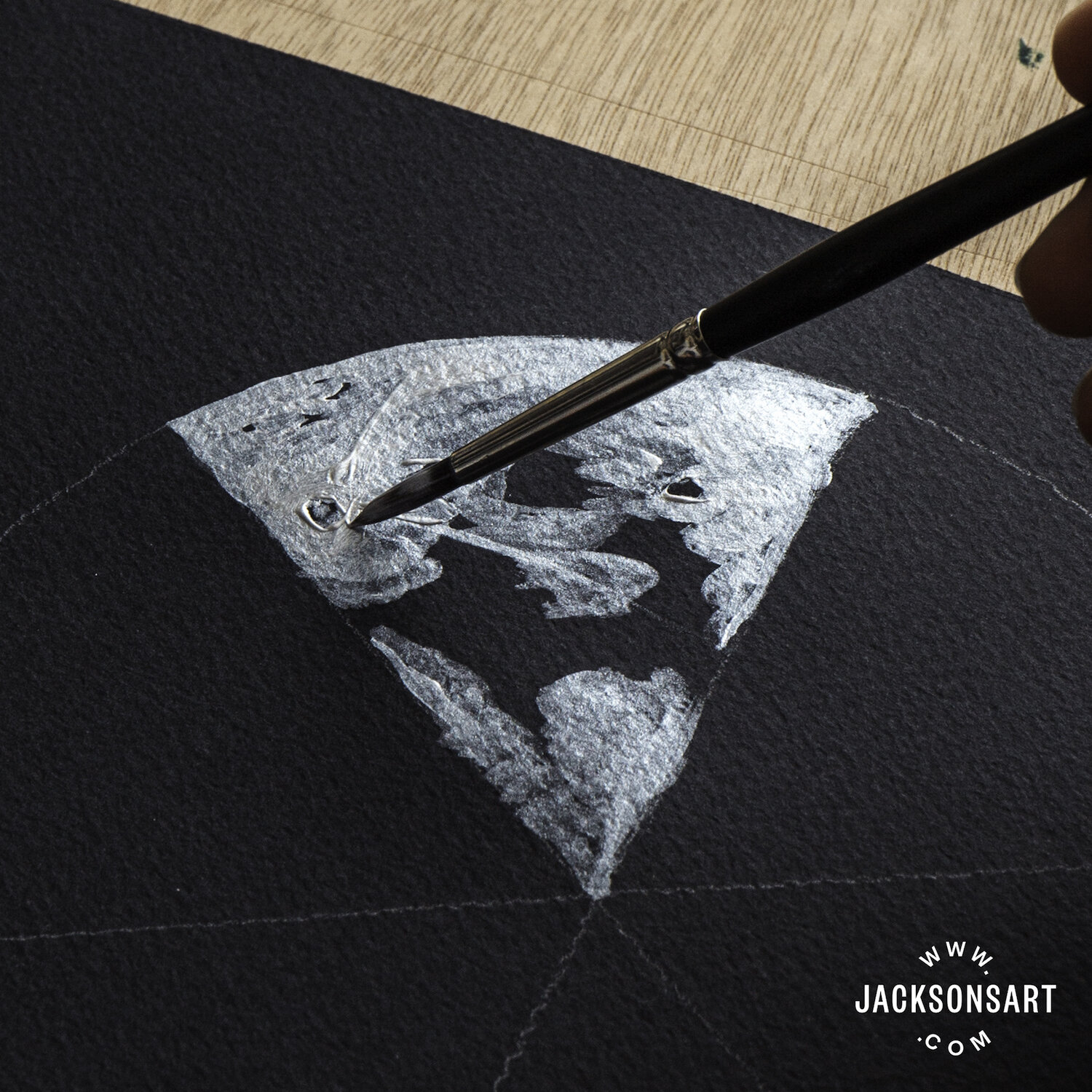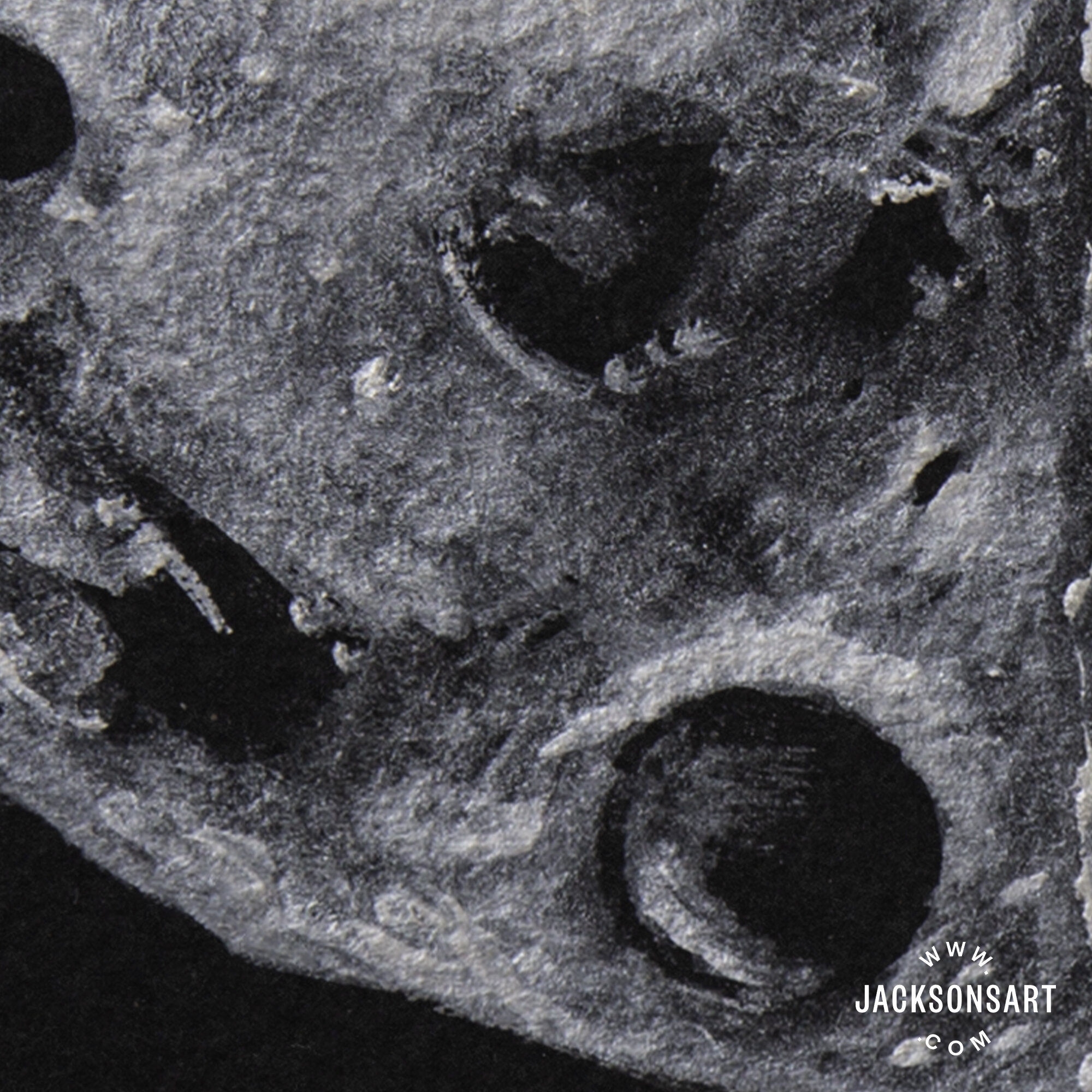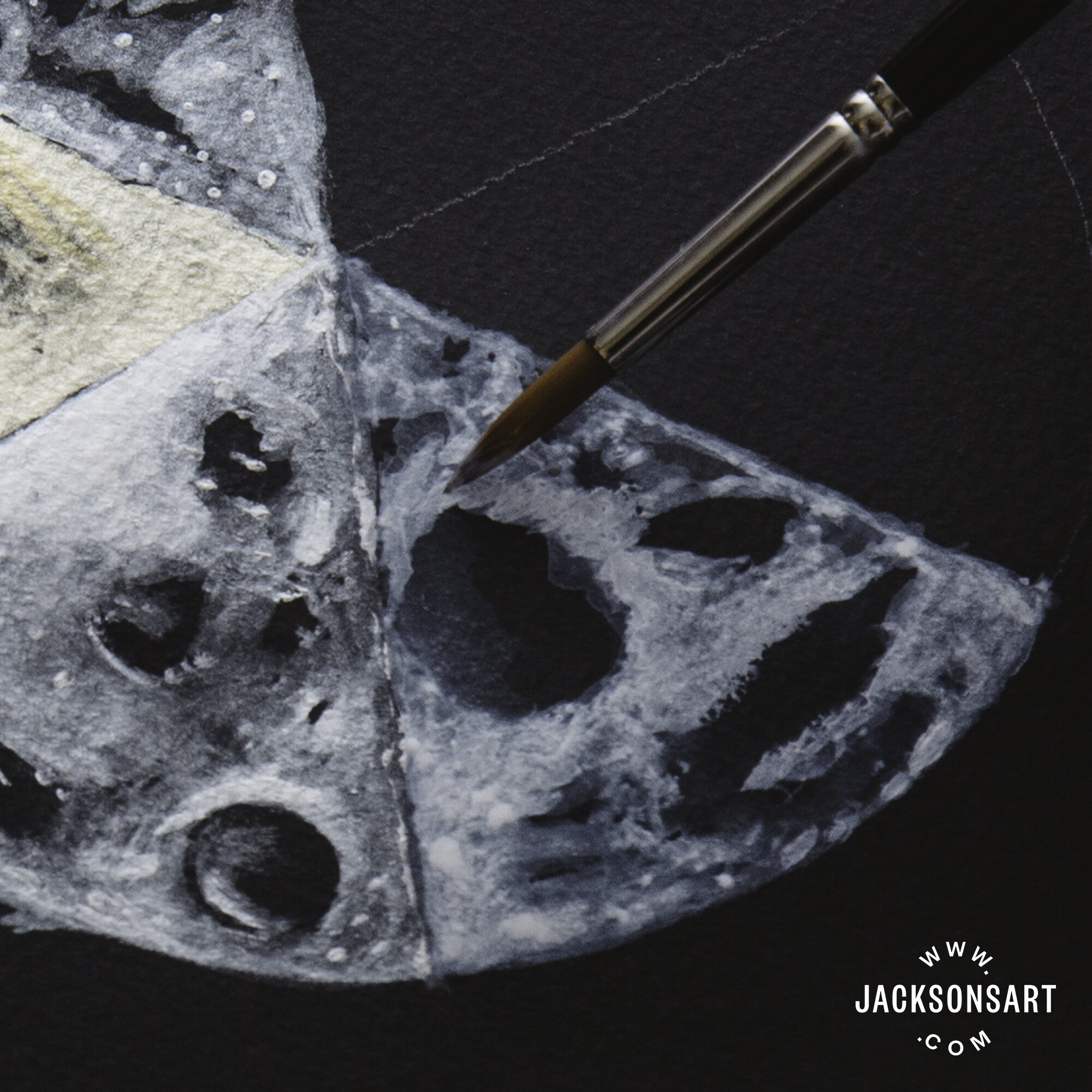Introducing our Artist of the Month for September, Hannah Rose! We’re so excited to feature Hannah’s work using Yupo. Stay tuned on our Instagram for more of Hannah’s work, tutorials and an introduction to new Yupo products.
Tell us about yourself and your work.
My name is Hannah Rose and I am a mixed media artist from England. I specialize in fluid media, and I can be inspired by anything from music to landscapes. Most of my inspiration comes from nature. I started working with fluids because I immediately enjoyed what I was doing, and I believe that is so important for an artist.
How did you find Yupo and starting with it?
I started using Yupo a year ago. I had come across it by looking at other fluid media artists on Instagram, and watching YouTube tutorials to teach myself what I needed to be able to create the beautiful marble like patterns. I started with a light weight Yupo but now use the full range.
How does Yupo make your style unique?
It allows me to create textures and depths to my fluid work that I have never seen before. The paper is unlike anything I had ever used. The fact I can then layer different media on top of the Yupo means I can create some really unique pieces for example. I feel I have no limitations when using Yupo.
Why do you use Yupo?
Mostly it’s because of the texture and flexibility of it. It is by far my favourite paper I’ve ever worked with. The range of sizes are so helpful in allowing me to work across a range of pieces. Also, it was immediately an enjoyable experience to work with, this was really important to me, and so I’ve never looked back.
What’s your process like working on Yupo?
Depending on the commission, I will work slightly differently. For the larger ones I love to spread out the large rolls across my studio floor. This allows me to free paint and without restrictions. For smaller works, the pads are perfect. I like to clean the surface of the paper down first with paper towel and a little bit of alcohol, then get painting.
What other materials do you use with Yupo?
For inks I always use Tim Holtz and Jacquard Piñata. I adore Tim’s colour range, and the pigments are beyond beautiful. I cannot live without Jacquard’s brass ink. For acrylics I always use Daler Rowney, for the range of colours and ease of use. I will then seal my work with 3 layers of Krylon Kamar Clear Varnish. I will then apply 3 coats of Krylon UV Resistant Clear Acrylic Coating (Gloss). This helps the inks set and keeps them protected.
What advice do you have for artists starting with Yupo?
Starting with Yupo I would say there’s a massive range in sizes, so you don’t have to get a big roll to start. I started on light then worked my way through the different options. My advice is to get the paper and just play. Don’t pressure yourself to try and create something beautiful, it is important to enjoy what you are doing, and the different techniques you could use. Art should be enjoyed and not a forced chore, there are no rules.
Do you have a favorite project or piece?
That’s really hard! My favourite projects at the moment are the mountains I am working on for Autumn and Winter. The new Yupo Medium Rounds are the perfect base.
Anything else you’d like to share?
I have been so lucky to have a wonderful supportive relationship with Legion paper. To me, their customer service is brilliant. They support artists by creating such wonderful papers for us to explore on. I believe the Yupo range is second to none.



